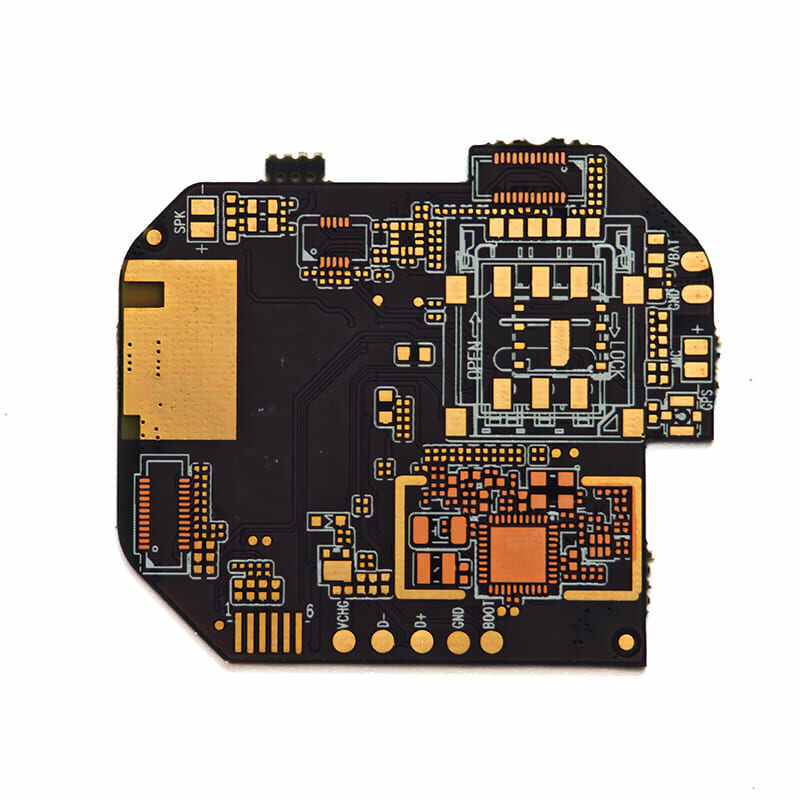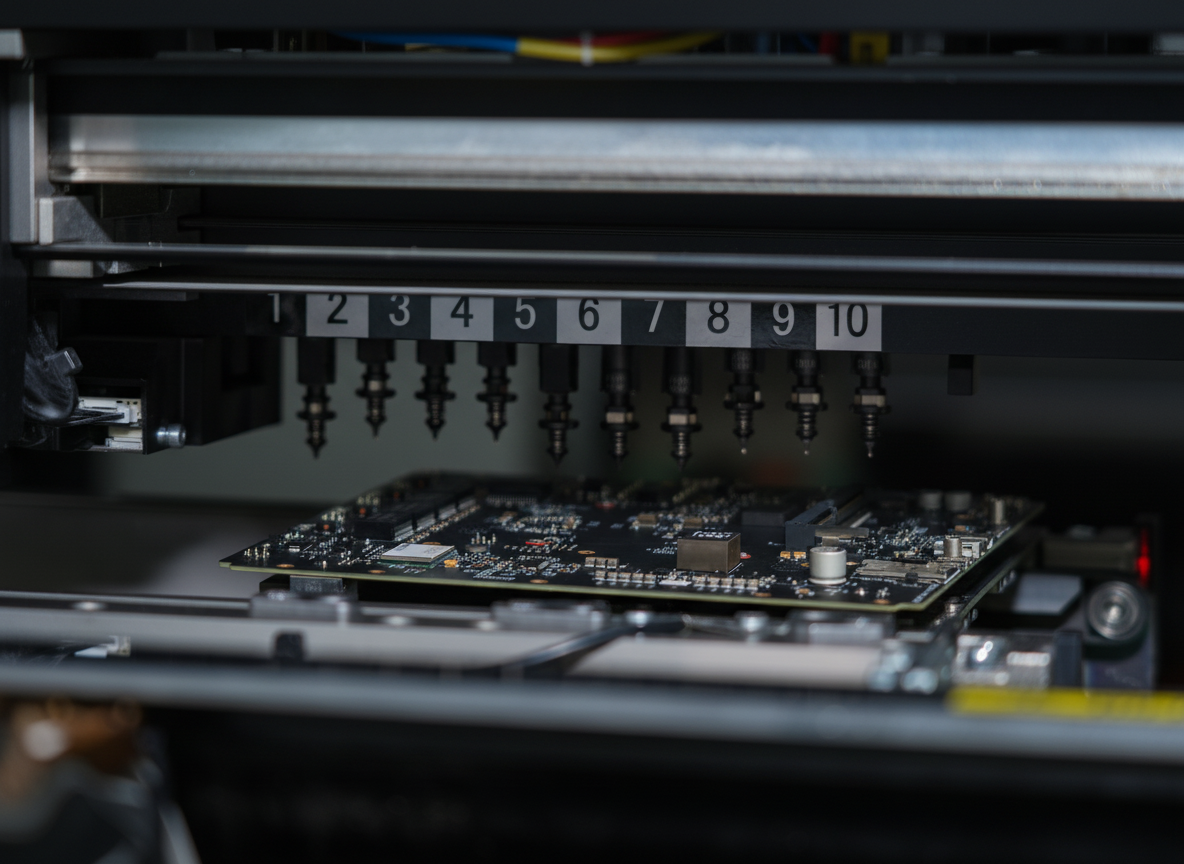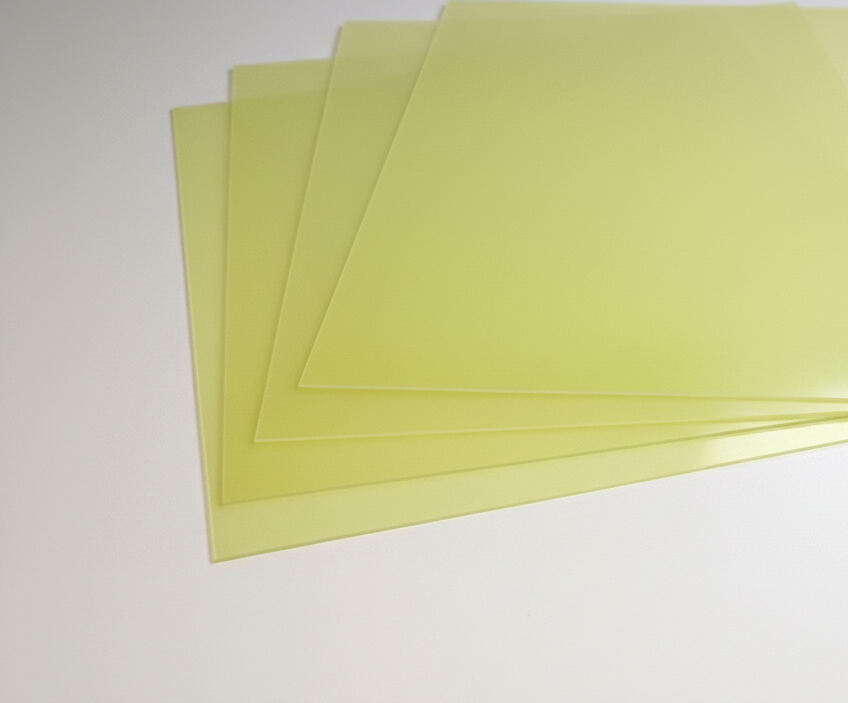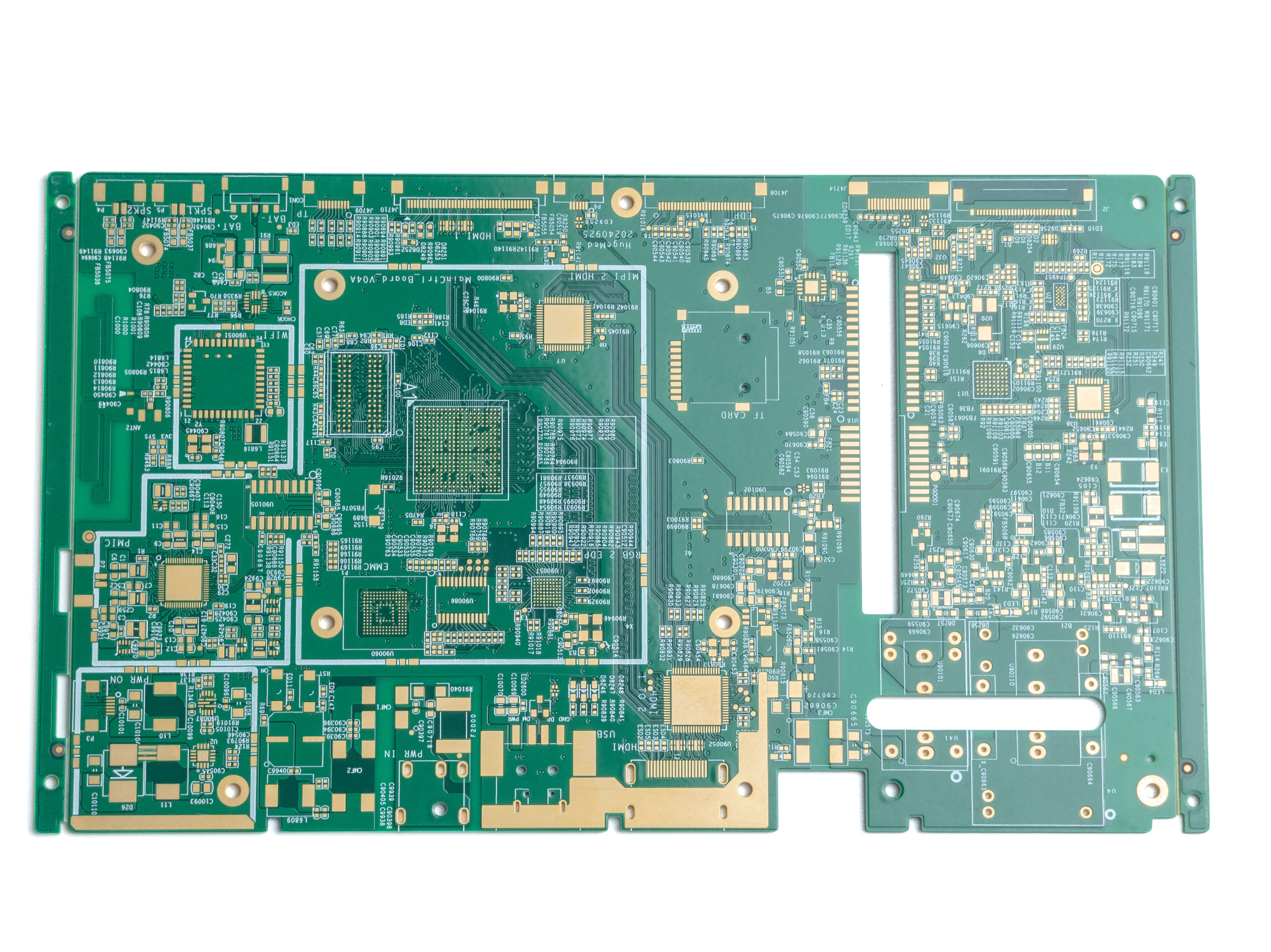pcb what is it
A Printed Circuit Board (PCB) is a fundamental component in modern electronics, serving as the backbone for connecting electronic components through conductive pathways, pads, and features etched from copper sheets laminated onto a non-conductive substrate. PCBs revolutionized electronics manufacturing by eliminating the need for bulky, unreliable point-to-point wiring. These boards consist of multiple layers, typically made from materials like FR4 (a glass-reinforced epoxy laminate), with copper traces that form the electrical connections between components. Modern PCBs incorporate sophisticated design features including surface mount technology (SMT), through-hole technology, and multilayer configurations that can accommodate complex circuits in compact spaces. The manufacturing process involves precise chemical etching, drilling, and plating techniques to create intricate patterns of conductors. PCBs are essential in everything from simple consumer electronics to advanced aerospace applications, medical devices, and telecommunications equipment. They provide mechanical support for electronic components while ensuring reliable electrical connections, heat dissipation, and electromagnetic shielding when required.










